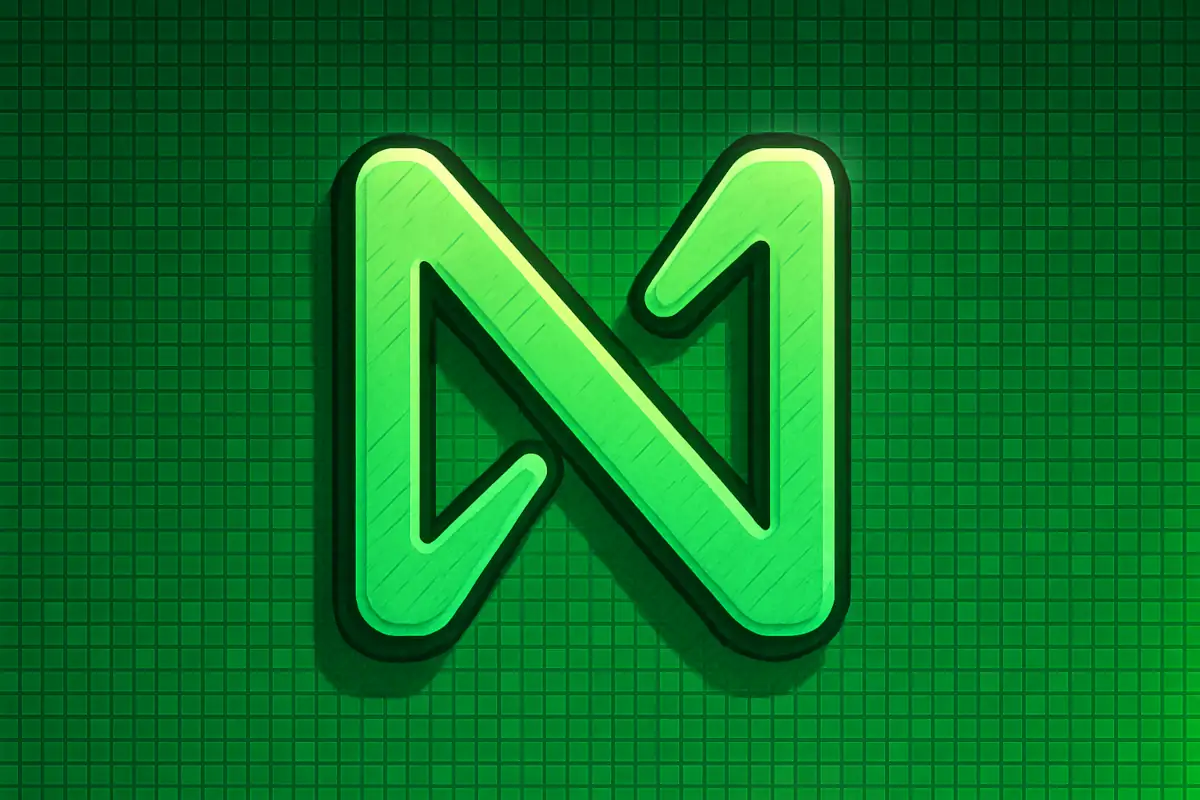NEAR Protocol has reached a new performance milestone that strengthens its position among Layer 1 blockchain networks. The latest development brings a 600-millisecond block time and 1.2-second finality. This change improves how fast transactions are confirmed and finalized, which is critical for real-time applications.
The update follows a broader push to improve the responsiveness of blockchain-based platforms while keeping them decentralized and secure. As this update unfolds, the protocol’s recent price performance and technical upgrades are also drawing attention.
Table of Contents
What is NEAR Protocol (NEAR)?
NEAR Protocol is a Layer 1 blockchain that serves as a base for creating decentralized applications. These applications span a wide range, from finance platforms and payment systems to games and NFT marketplaces. The native token, NEAR, is used to cover transaction fees within the ecosystem and for governance purposes.
This setup gives users and developers direct involvement in how the protocol evolves. NEAR’s structure helps to streamline development and lowers barriers to entry by supporting familiar programming environments.
How Does NEAR Protocol Work?
NEAR operates using sharding, which breaks the network into smaller parts called shards. Each shard handles a portion of the transactions instead of the full chain processing every request. This method increases throughput and keeps fees low. The platform includes Nightshade, an enhanced sharding approach that boosts processing speed.
The platform also integrates the Rainbow Bridge, which connects NEAR with Ethereum, allowing assets and data to move across both chains. The system supports human-readable account names and offers gas fee rebates to improve overall ease of use.
Speed Upgrade
A major development arrived with NEAR’s announcement that blocks are now processed in just 600 milliseconds. This sets a new bar among public blockchains. The finality time – the point when a transaction becomes irreversible – is now 1.2 seconds. The update was made possible by the Doomslug consensus mechanism, which NEAR uses to ensure each block added is secure after one confirmation.
The improvement puts NEAR ahead of others in terms of speed. Solana finalizes blocks in about 1.6 seconds, while Ethereum can take up to 12 seconds through Layer 2 networks like Base and MegaEth.
This development is more than a numerical gain. The faster processing allows for use cases where speed is essential, such as artificial intelligence operations, financial transactions, and online games. The NEAR team claims this step significantly lowers reliance on central systems, reducing the risk of delays or failures due to third-party control.
Why the Speed Milestone Matters
Blockchains typically face a balancing act between security, speed, and decentralization. As a network grows, maintaining these qualities becomes more difficult. NEAR aims to fix that problem through its sharding-based structure, allowing scalability without driving up costs or making compromises on independence.
Faster confirmation speeds also allow applications to interact with users more effectively. For example, online games and real-time payment platforms cannot function properly with long delays. NEAR’s current configuration opens the door for developers to build tools and systems that rely on rapid feedback without worrying about lag or risk of block reversals.
While the 600-millisecond block time is already a significant step, NEAR has confirmed that this is not the final goal. The protocol plans to bring block time down further, aiming for around 200 milliseconds by the end of 2025. Achieving this target depends on further changes to how consensus and block production work.
As per NEAR’s development team, this will not only match but may even surpass the speed of traditional online systems while still operating in a decentralized manner. Such progress would help support more real-time services, including those run by AI agents that depend on instant reactions and updates.
“Blink and It’s Final”
The faster transaction system is part of a broader goal to make blockchain responses feel instant, like traditional web systems. The protocol has implemented a concept called optimistic blocks as part of the Nightshade 2.0 upgrade. These blocks no longer wait for previous data to arrive before executing, cutting latency in half. The official update noted:
“Blink and it’s final’ isn’t an exaggeration. In the time it takes to blink, your NEAR transaction can finalize on-chain.”
The company statement shows that developers and users no longer need to plan around potential delays or reordering of blocks. Confirmations now happen so quickly that they no longer impact design decisions or workflows.
NEAR Surges 40% in Last Week
On May 8, NEAR’s trading price began a rapid rise from around $2.22. By May 10, it touched nearly $3.40, and during this time, trading volume and upward momentum also increased.
In the days that followed, between May 10 and May 12, prices moved sideways, fluctuating between $3.20 and $3.40. The market showed indecision, with several long wicks forming on price candles, indicating both buying and selling pressure. The RSI hovered near 57, suggesting moderate strength.

After that, a downward trend began between May 13 and May 14, with the price falling from around $3.30 to $3.06. During this phase, the 50 EMA near $2.946 provided a base of support. However, the token is still 40% up in the last week.
What’s Next?
NEAR Protocol’s latest speed upgrade, bringing 600ms block time and 1.2s finality, places it well ahead of many competitors. This kind of performance directly improves real-time apps like games, finance tools, and AI systems that depend on fast, reliable confirmations. It also cuts reliance on third-party systems for speed.
These gains show how NEAR is handling the balance between speed, scalability, and decentralization. While this milestone is impressive, it’s only part of a bigger roadmap – NEAR is aiming for 200ms block times by the end of 2025. If reached, that would put blockchain tech even closer to the responsiveness of traditional web services.
Read also: Top 4 AI Crypto Coins to Watch



